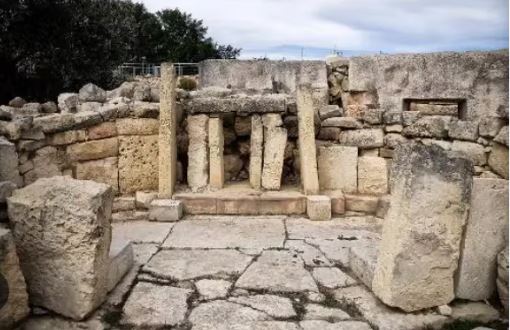Let’s journey through the annals of time, and uncover architectural wonders that still stand today.
In this exploration, we’ll unravel the history behind five of the world’s oldest structures that have withstood the test of time.
Also, we’ll back it up with pictures, showing how these monuments looked in the past and their present state.
These five structures, scattered across continents and millennia, are more than just stones and mudbricks. They are links to our distant past, carrying stories untold.
As we stand in their shadows, we’re reminded that we are not the first architects of our world, and our own stories will, one day, become history to future generations.
1. Pyramids of Giza, Egypt


Imagine the vast workforce, the ingenious tools, the sheer logistical feat of crafting these massive tombs. Even after 4,500 years, the pyramids still stand.
2. The Sumerian Ziggurat of Ur

Located in present-day Iraq, the Ziggurat of Ur was a massive stepped pyramid constructed by the Sumerians. It was dedicated to the moon god Nanna; its terraced structure served both as a religious centre and a symbol of the city’s prosperity.
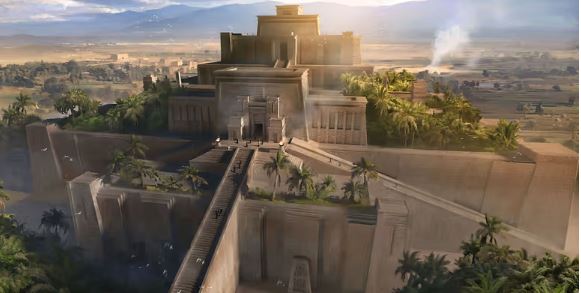
The architectural sophistication shows us the advanced engineering abilities of the Sumerian civilisation.
3. The Pyramids of Teotihuacan
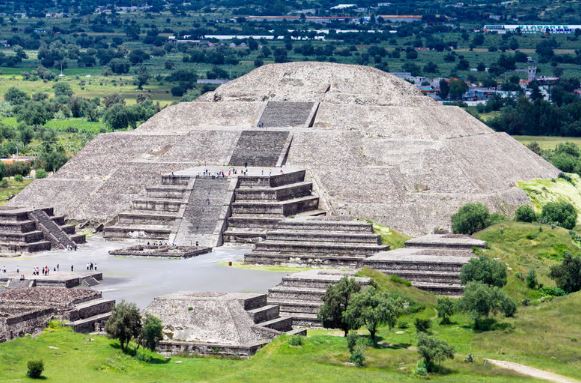
In the highlands of Mexico, the ancient city of Teotihuacan, the impressive Pyramids of the Sun and the Moon stand. The Avenue of the Dead, flanked by temples and residential complexes, connects these monumental structures.
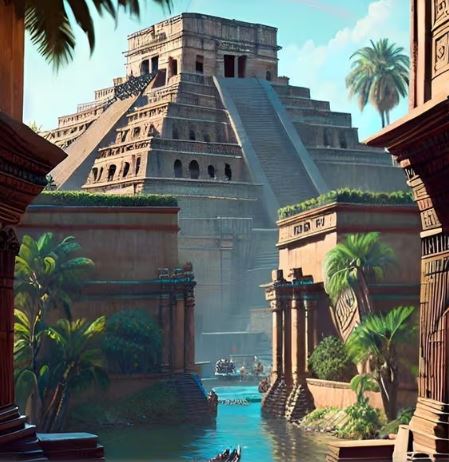
The Pyramid of the Sun, at 65 meters in height, and the Pyramid of the Moon add an air of mystery to this archaeological marvel.
4. Göbekli Tepe, Turkey
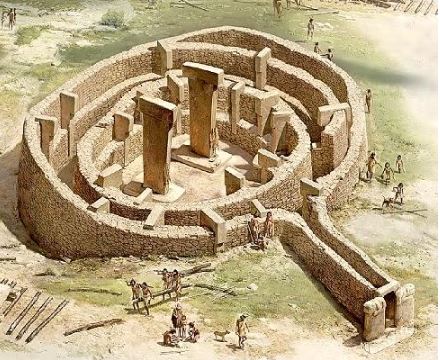
Overlooking the ancient plains of Mesopotamia lies Göbekli Tepe. Not a temple, not a palace, but something even more intriguing; a series of elaborate circular structures built by hunter-gatherers, long before the rise of agriculture or centralised civilisations.
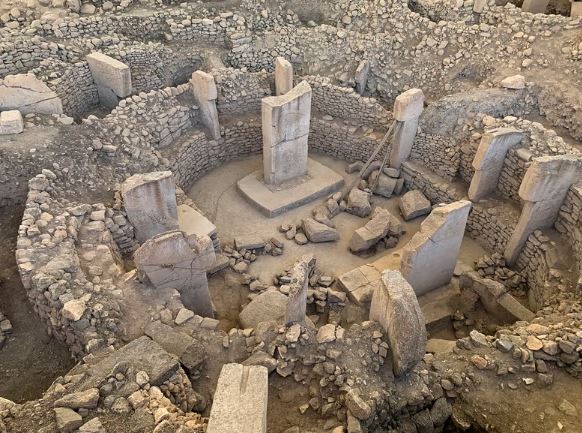
T-shaped pillars adorned with carvings of wild animals peer out from the earth, defying our notions of what these early humans were capable of. Göbekli Tepe was carved around 11,500 years ago.
5. Megalithic Temples of Malta
Scattered across the island nation of Malta lie megalithic temples, silent giants hewn from colossal limestone blocks.

This monument was constructed 5,600 years ago, predating the pyramids of Egypt. These temples were dedicated to goddesses and fertility.
